Personal Experience –
Gary Fong’s Lightsphere II Flash Diffuser
Last month I talked about Gary Fong’s light diffuser and that I would try it out. So far I’ve used it at some parties and have done some testing with it, examples of which appear below.
The unit itself is like a small tupperware bowl, which fits snugly over the top of your accessory flash and is designed to diffuse the light from the flash in a 360 degree pattern around you, plus some going to the ceiling as well (the exact ratio depends on whether you attach the “lid” or not).
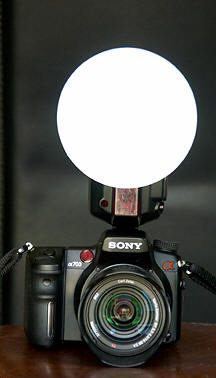
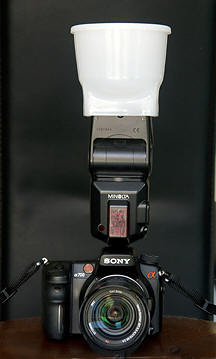
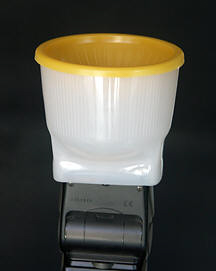
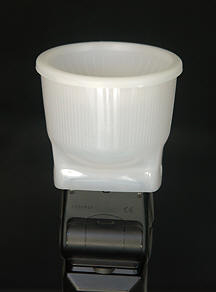
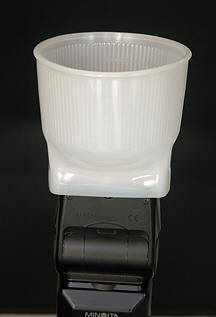
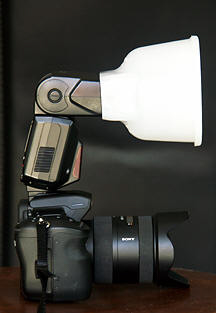
In principle the diffuser is a great idea – not only does it soften the light, it also distributes it everywhere. If you’re in a small room with low, white ceilings and light-colored walls, this has the potential to make the lighting look much more natural. Plus, there are so many variables regarding where the light goes! You can shoot with the “top” (the “cloud”) off or on, or you can point the entire assembly forward for a full-on, diffused light. I like having choices.
Probably the most promising feature of this device is the amber-colored top diffuser. This is designed to help you when you’re trying to balance flash with ambient tungsten light (like in the example in the right, which mixes the whitish-looking daylight-balanced flash with the yellow-looking tungsten-bulb-illuminated background).

The problems that occur when mixing flash and tungsten light – one appears bluer than the other.
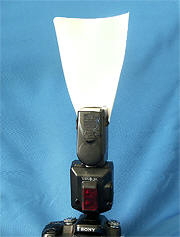
For years I’ve used a plain piece of paper as my flash diffuser – does the Gary Fong unit do a better job?
The device also comes with a DVD which shows how to properly use the device in a wide array of situations. (And, in a great example of synergy, it shows off his other products too, in hoping you’ll buy those as well.)
It is hard to walk away after seeing this video and not be incredibly enthusiastic about the product. But how does it compare to my old standard, the piece-of-paper-strategically-placed-on the flash (as described in my books) which is essentially FREE? Read on to find out!
Without question the lighting from this device looks immensely better than just using the bare flash. Below is my very first batch of test shots. (The subject is Larry Levenson, who first introduced the product to me at one of my seminars.)
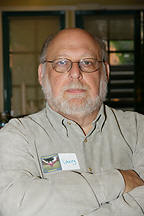
Straight Flash

Bounce off ceiling

With cloud top

Without cloud top

Facing Forward 1 of 3

Facing forward 3 of 3
You can see the improvement right away over either a straight flash (#1) or just plain ceiling bounce (#2). (I happen to like #4 the best – pointing at the ceiling, without the cloud top attached.) And it was this quick little test during a break in the seminar that convinced me this device was worthy of further consideration. Notice the 2nd-to-the last shot was kind of dark — it took me 3 tries to get a proper exposure while facing forward. At first I thought this was just an anomaly, but as I started to use the device I began to notice that about 5% of the shots were coming out too dark like this when they really shouldn’t have, like the examples below:

With the diffuser

Without the diffuser
What’s going on? My best guess: The flash + Diffuser was so large and it scattered so much light in so many different directions, that it ended up scattered some light directly into the lens and threw off the flash exposure. Mind you, there’s no evidence of this in the images (I should be seeing some lens flare or other evidence of the main flash entering the lens), but that’s the best theory I have. Supporting that theory somewhat was the fact that moving the flash and diffuser OFF of the camera (i.e., using wireless mode as I used to do when shooting weddings — pictured below) solved the problem completely.
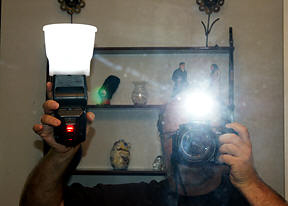
Okay, so the product diffuses light as advertised. How does it compare to my trusty piece of paper that I’ve been using reliably for many years?
Test #1 occurred in a small space with a low white ceiling and close white walls:

Straight Flash
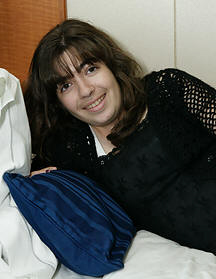
Bounce off ceiling
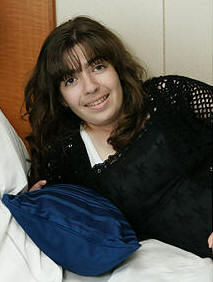
Piece of Paper
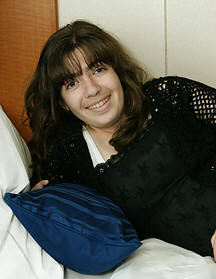
With Gary Fong Diffuser
Okay, so in close quarters there’s no significant difference between shots #2-4. Let’s try it again using a vaulted ceiling and no walls nearby:
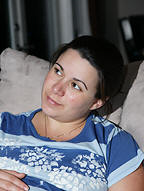
Straight Flash
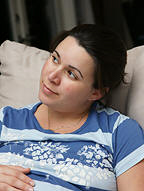
Bounce off ceiling
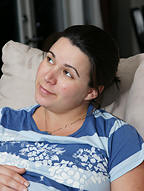
Paper
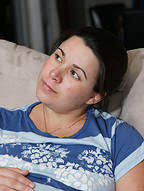
With Cloud Top
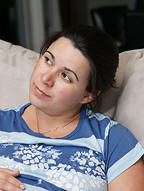
Without Cloud Top
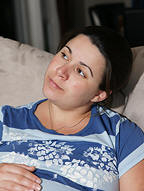
With cloud top facing forward
Here the differences are much more pronounced. Yet the shot taken with a paper diffuser is just as good as any of the Gary Fong variations to its right!
What about the really cool Yellow top which can help balance tungsten and flash? Well, those results were a little disappointing as well.
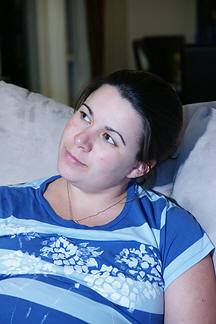
With yellow top, facing upward
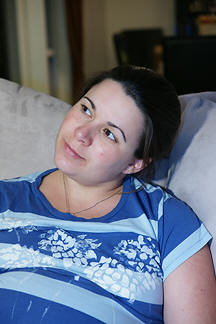
With yellow top, facing forward
Even when the camera was set to Tungsten white balance, both images came out a little too blue (and the background still a little yellow). I was not able to correct for it using the A700’s ability to tweak a pre-set white balance. More important than that, I have concluded that the color temperature of the tungsten bulbs I had access to and the yellow top were not the same. I would not have been able to match the two.
Okay, so let’s recap… The paper diffuser produces results that are at least equal to the best that the Gary Fong diffuser can produce. Not only does the paper version cost considerably less, but it helps the flash’s batteries last longer by not diverting the flash’s output behind the photographer. And I was unable to get results that equaled the tungsten balancing examples on Gary Fong’s website (http://store.garyfonginc.com).
Conclusion: I’ll continue to use my tried and true paper diffuser.